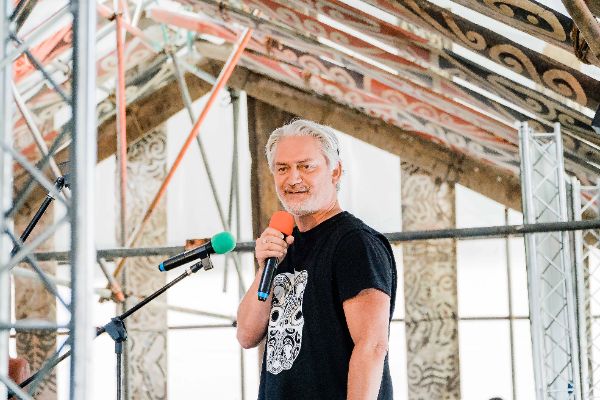享誉国际的新西兰建筑师兼研究员Anthony Hoete教授已从英国返回,以帮助复兴古老的毛利建筑技术。
他将领导奥克兰大学的一个团队,旨在重建在1931年纳皮尔地震中被摧毁的历史悠久的丰盛湾wharenui(会议室)。
重建旨在提高该建筑物的抗震能力,将采用称为mīmiro的传统毛利建筑方法。
“mīmiro 的起源可以追溯到船只和坚固的帆猛烈抨击我们的祖先曾经穿越太平洋。他们在建筑物中建造和创造强度和张力方面有着深刻的了解,因此我们希望重现那些已经丢失的技术,并用它们来增强我们的wharenui抗震能力,” Hoete说。
新西兰只剩下一座采用了米罗技术的建筑,而这些方法现在已成为濒临灭绝的知识。
Hoete 的团队将与 Ngāti lra o Waioweka iwi(人)密切合作,后者于 1860 年建造了最初的 wharenui。代表iwi祖先的重要木雕从地震残骸中救出来,并在marae的棚子里存放了九十年。它们将被整合到新大楼中。
Hoete热衷于让当地社区参与该项目。
他说:“我们与当地社区和学校进行了大量的外展工作,一些当地年轻人已经对建筑事业表现出兴趣,这真是太神奇了。”
该项目已获得英国牛津布鲁克斯大学Toka TūAke EQC(地震委员会)和濒危木制建筑计划的资助。
图片来源:Toka TūAke EQC



















































-360x245.jpg)
-360x245.jpg)









